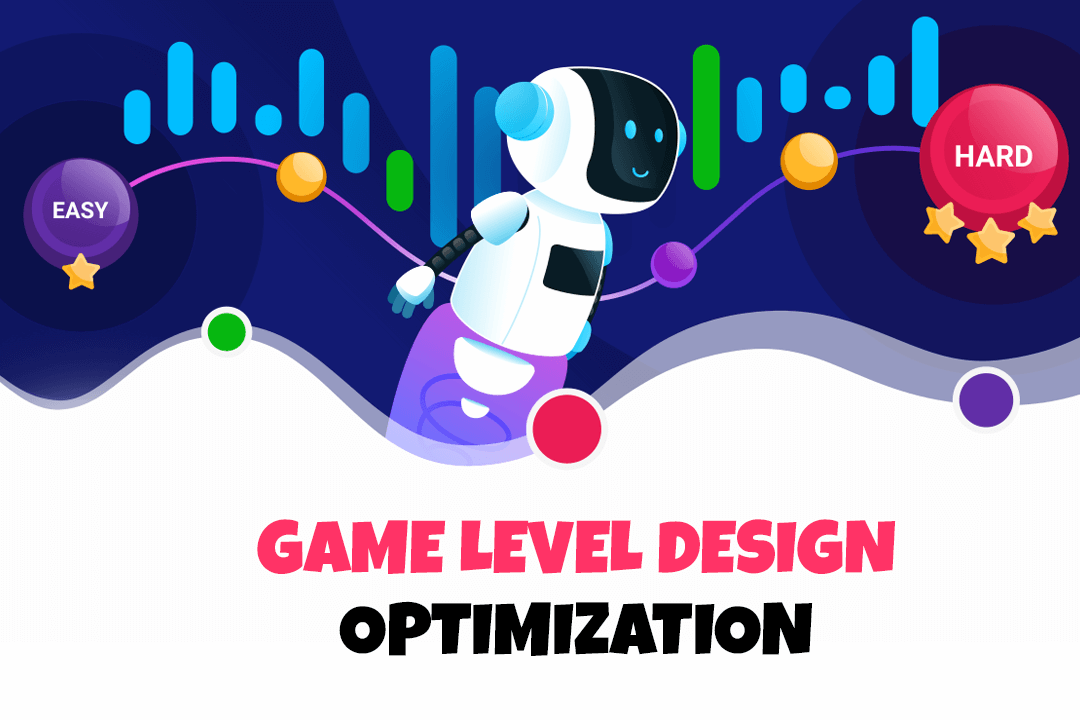Have you ever gotten frustrated with a mobile game that feels repetitive or confusing?
Or maybe one that throws challenges at you without any clear direction?
Chances are, that's a problem with the game's level design.
For any game development company, creating engaging and well-designed levels is an absolute must. But what exactly is level design, and why is it so important?
The Art of the Stage
Level design is the art of crafting the individual stages, maps, and environments that players progress through in a game. It's not just about creating pretty scenery; it's about strategically placing elements to create a fun and rewarding experience.
A good-level designer considers a variety of factors, including:
- Challenge: Levels should offer a steady increase in difficulty, keeping players engaged and motivated.
- Flow: The layout of the level should guide players intuitively, making exploration and progression feel natural.
- Storytelling: Levels can be used to subtly tell the game's story or build the atmosphere.
- Variety: Even within a single game, different levels should offer unique experiences to prevent monotony.
Why Level Design Matters
- Player Retention: Engaging levels keep players coming back for more, improving your game's long-term success.
- Monetization: Players who are invested in the gameplay are more likely to make in-app purchases.
- Positive Reviews: Strong-level design leads to positive reviews and recommendations, attracting new players.
Taking Your Mobile Game to the Next Level
When choosing a mobile game development service, make sure they prioritize excellent level design. Look for a company with experienced designers who understand the specific challenges and opportunities of mobile gaming.
By investing in well-crafted levels, you can create a mobile game that's not just visually appealing, but also incredibly fun and engaging for your players. After all, a well-designed level can take your mobile game from good to great!
